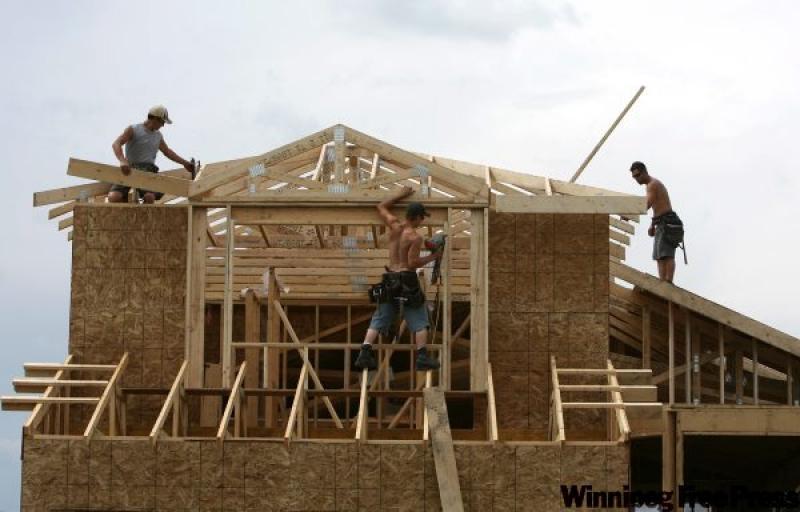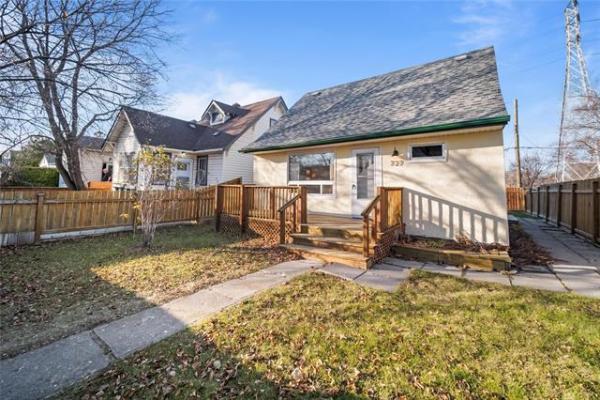There has been a series of recent articles forecasting the end of Canada's housing boom. The rationale has ranged from over-inflated prices in some provinces to a flat Canadian economy, poor weather and a ripple effect from the United States.
A number of economists have weighed in on the subject with no general consensus. However, the one consistent message emanating across the country is that Manitoba and the prairies in general will not be part of this decline.
On Aug. 15, the Canada Mortgage and Housing Corporation projected increases in single family detached starts in both 2008 and 2009 for Manitoba. Of particular note was the unusually high percentage (32 per cent) of recent housing starts in rural municipalities surrounding Winnipeg.
Perhaps as a response to this trend was the provincial minister of housing's recent announcement of the release of 214 lots in the Waverley West subdivision, to be followed by more lots becoming available in the near future. Although a decrease in multi-family starts is projected for this year, one has to remember that 2007 was the all-time record for multi-family starts in Manitoba and 2008 is projected to be the third best year since 1987.
The Altus Clayton Economic Consulting Group recently stated that for Manitoba, "Strong capital investments will sustain a solid pace of economic activity and continue to support housing starts."
The projected number of starts average more than 5,000 units annually for the next two years, thereby placing 2007, 2008 and 2009 solidly as the top three years of housing starts in the history of the province.
Manitoba Economic Highlights, produced by the Economic and Fiscal Analysis Branch, recently reported that single detached housing starts in Manitoba were up 2.0 per cent, whereas throughout Canada starts were down 18.8 per cent. This is a continuation of the pattern seen in 2007 when Manitoba enjoyed the third highest growth rate in Canada.
During the first six months of 2008, residential building permits have increased by 7.8 per cent, thereby indicating projected continued growth. Investment in housing has increased by 10.7 per cent.
In summary, we must remember that the trends and numbers in the new home construction industry for Canada are not necessarily so for Manitoba. All it takes to heavily sway the national numbers is for Ontario, British Columbia or Alberta to have a downturn in their residential construction industry.
The Manitoba market remains steady and strong and is projected by the experts to remain so for an extended period of time.
This column prepared by the Manitoba Home Builders' Association




